EENA has today announced recommendations on emergency caller location information criteria for mobile-originated emergency communications.
On 16 December 2022, the European Commission published a delegated regulation supplementing the European Electronic Communications Code (directive 2018/1972). New rules detail how “competent regulatory authorities” should determine criteria on how emergency communications should be located. The first caller location criteria will have to be adopted by Member States within one year after the entry into force of the legislation. The deadline for these criteria is March 5th, 2024.
EENA and other stakeholders have already expressed concern over a lack of coordination at EU level on this matter. As a result, EENA decided to work on the drafting of a recommendation on accuracy and reliability criteria for mobile-originated emergency communications. With input from key stakeholders on the capabilities of smartphones to establish accurate and reliable caller location information and on networks/services to transmit caller location, EENA has been able to make a specific recommendation.
EENA recommends that EU Member States lay down an initial set of criteria for the accuracy and reliability of caller location information that requires a horizontal accuracy estimate of 50m for 80% of all mobile-originated emergency communications. These criteria should be met through the combined use of network-based and handset-derived caller location information technologies in line with the provisions of Directive (EU) 2018/1972 as supplemented by Commission Delegated Regulation (EU) 2023/444.
The document also includes an analysis of the accuracy and reliability criteria implemented in other countries around the world, an analysis of statistics provided by European PSAPs on the accuracy of location information derived from mobile-originated emergency communications in 2022, as well as a series of conclusions based on the research compiled within the document.
You can find EENA’s location criteria document here.
